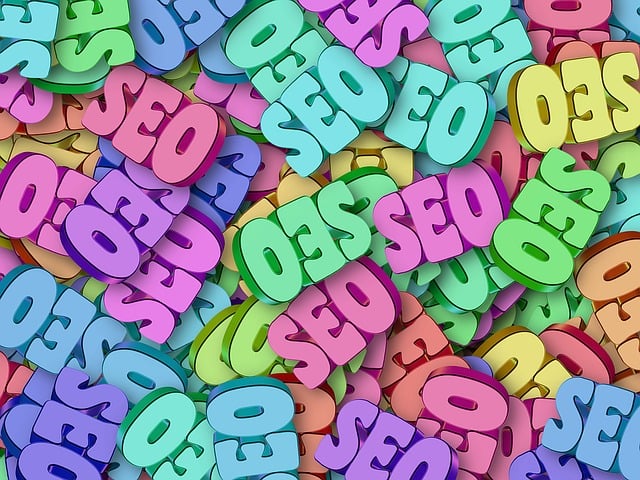Internal linking is a crucial aspect of website design for Houston SEO services, enhancing user experience and boosting online visibility. By organizing pages into hierarchical structures and using relevant keywords as anchor text, sites improve navigation, content discovery, indexing, and cross-page traffic. This strategy not only reduces bounce rates but also signals search engines about page relationships, increasing site authority. Success is measured through analytics tools, tracking CTRs, session durations, and conversion metrics to optimize user engagement and search engine rankings for Houston SEO services.
In today’s digital landscape, seamless site navigation is key to enhancing user experience and boosting search engine rankings. Understanding internal linking—a strategic element often overlooked—is the foundation for effective online navigation. This article, tailored by Houston SEO services experts, delves into optimizing internal link structures. We explore proven strategies to enhance user journeys while offering actionable insights for measurable improvements. By implementing these techniques, businesses in Houston can revolutionize their online presence, attracting and retaining visitors alike.
- Understanding Internal Linking: The Foundation of Effective Navigation
- Strategies for Optimizing Internal Link Structures: A Houston SEO Services Guide
- Measuring Success: Tracking the Impact of Improved Internal Linking on User Experience and Search Engine Rankings
Understanding Internal Linking: The Foundation of Effective Navigation

Internal linking is a fundamental aspect of website structure that often goes unnoticed by users but plays a pivotal role in enhancing user experience and search engine optimization (SEO). At its core, internal linking involves connecting relevant pages within a website using hyperlinks, allowing visitors to navigate through related content seamlessly. For Houston SEO services providers, optimizing this internal network is crucial to guiding users and search engines alike, ensuring every page is accessible and valuable.
Effective internal linking structures provide a clear hierarchy of information, enabling users to discover new content easily while reducing bounce rates. It also signals to search engine crawlers that the website is well-organized, leading to improved indexing and higher rankings over time. By strategically placing links within compelling content, Houston SEO services can drive traffic across relevant pages, fostering a deeper engagement with visitors and ultimately contributing to better online visibility.
Strategies for Optimizing Internal Link Structures: A Houston SEO Services Guide

To optimize internal linking structures, start by understanding your site’s architecture and user flow. Houston SEO services experts recommend creating a hierarchical structure with clear categories and subcategories. This allows users to navigate effortlessly and improves crawlability for search engine bots.
Implementing strategic anchor text is another crucial step. Use descriptive, relevant keywords as anchor text when linking between pages. Avoid generic terms like “click here” and instead opt for phrases that convey the page’s content. This not only enhances user experience but also signals to search engines the relationship between pages, boosting overall site authority.
Measuring Success: Tracking the Impact of Improved Internal Linking on User Experience and Search Engine Rankings

Measuring the success of enhanced internal linking structures is a critical step in evaluating their impact on user experience and search engine rankings, especially for Houston SEO services. By implementing strategic changes to link patterns and anchor text, websites can see improvements in both user engagement and search algorithm favoritism.
To track these effects, webmasters should utilize analytics tools that provide insights into click-through rates (CTRs), session durations, bounce rates, and conversion metrics. These data points help identify which internal links are driving the most traffic, and how users interact with content once they’re on a page. Additionally, monitoring search engine rankings for targeted keywords can reveal the direct impact of improved linking structures on organic visibility, ultimately showcasing the effectiveness of Houston SEO services in creating a more user-friendly and search-optimized site.
By enhancing internal linking structures, Houston SEO services professionals can significantly improve site navigation, leading to better user experiences. Optimizing these critical connections not only aids visitors in finding relevant content quickly but also signals search engines about the value and organization of your website. Through strategic adjustments and continuous measurement, you can ensure that your internal linking effectively supports both user satisfaction and improved search engine rankings.
